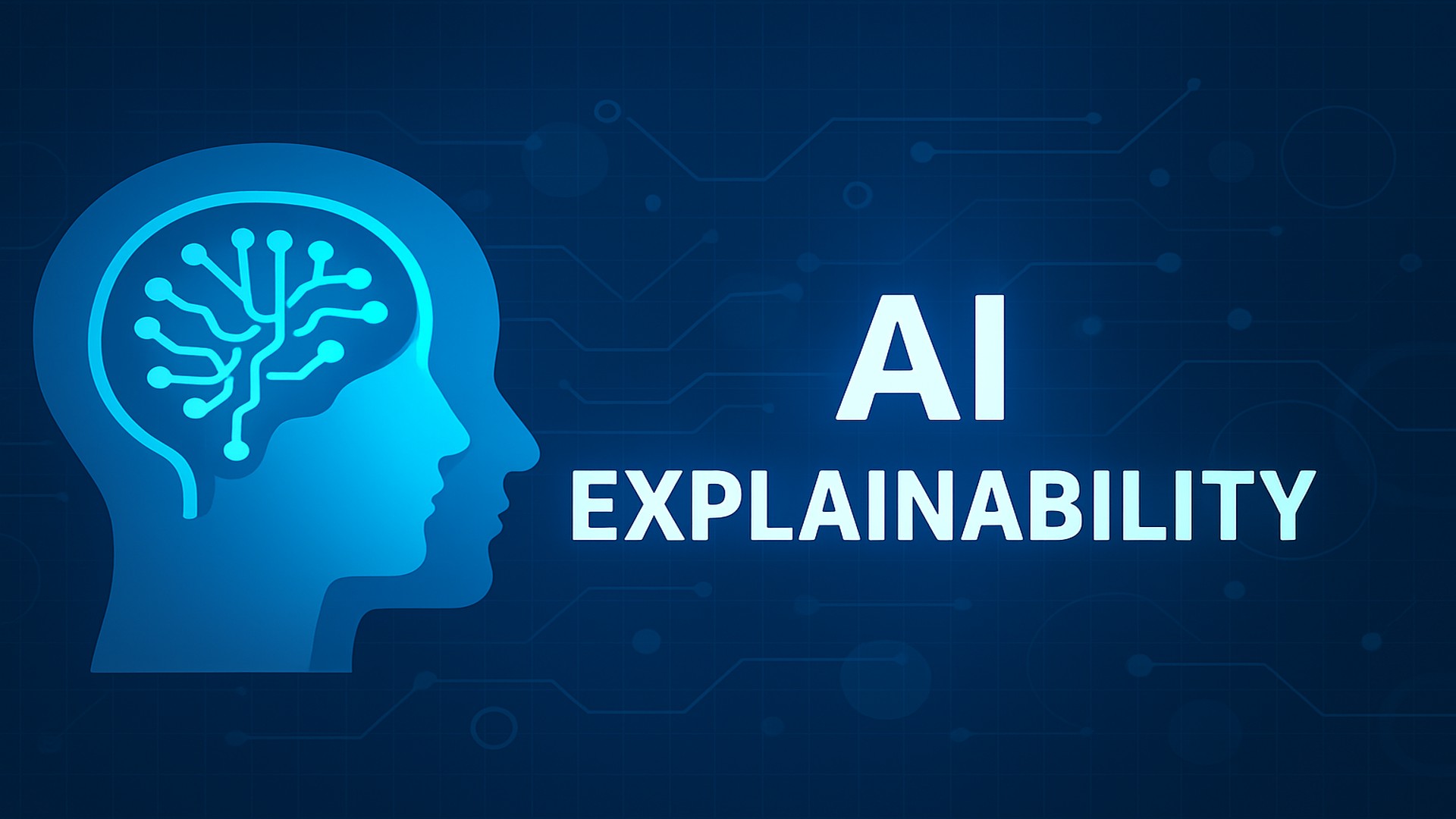Insurance Ecosystem Networks: Game-Changer or Fad?

Recent actions by regulators, like the National Association of Insurance Commissioners (NAIC) and state insurance departments, signal a move toward stricter consumer protection measures. There's an increasing emphasis on transparency, product suitability, and fair treatment of policyholders. This shift is steering the industry away from the old playbook of competing solely on cost, pushing insurers to demonstrate that their offerings are not only competitively priced but also genuinely beneficial to consumers.
Insurance ecosystem networks are emerging as potential game-changers in a market where scale alone can’t secure a competitive edge. They offer a way to integrate various players and technologies into a cohesive system designed to meet the evolving demands of customers.
So, are these new ecosystems truly revolutionary or just the latest industry trend?
Transparency, Product Suitability, and Fair Treatment of Policyholders
The focus on product suitability is echoed in the NAIC's efforts to refine standards around insurance products, particularly long-term care insurance. In the P&C sector, this could translate into more rigorous assessments to ensure that policies, whether for homeowners, auto, or commercial properties, are suitable for policyholders' actual risk profiles and circumstances.
As embedded insurance and ecosystem partnerships gain traction, they raise new regulatory considerations. The NAIC's focus on product suitability, transparency, and fair treatment of policyholders becomes even more critical in this context.
For instance, embedded insurance products must be designed to suit the consumer's specific needs, ensuring they do not end up with inadequate or overly complex coverage simply because it was conveniently bundled with another product. Regulatory bodies are tasked with ensuring that these new distribution methods uphold consumer protection standards, particularly in areas like disclosures, pricing transparency, and claims handling.
Additionally, the data-sharing mechanisms within these ecosystem partnerships require careful oversight to maintain data privacy and security.
Ecosystem Partnerships: Hitting Their Stride
Ecosystem networks can offer significant advantages in navigating the evolving regulatory landscape for Property and Casualty (P&C) insurers. When P&C insurers begin to participate in an ecosystem network, they automatically access a broader pool of data sources, including IoT devices, telematics, and public records. This access can improve the accuracy of underwriting and claims assessments, leading to more transparent and fair pricing models.
Insurance ecosystem networks are making it easier for insurers to collaborate with regulatory technology (RegTech) firms, legal experts, and compliance specialists. This collaboration helps insurers stay current with regulatory changes like the NAIC's guidelines on AI and data privacy. By leveraging shared resources within the ecosystem, insurers can quickly adapt their practices to meet new standards, such as ensuring transparent AI usage and safeguarding consumer data.
Taking it further, ecosystem networks are providing policyholders with customer-centric, adjacent services from repair shops to legal assistance, creating a more integrated and seamless customer experience. For example, in the event of an auto claim, ecosystem partners can provide quicker resolutions and transparent communication, fostering trust and compliance with the principle of fair treatment. If a policyholder needs repairs, the ecosystem’s network of repair shops can quickly assess and begin work on the damage, minimizing downtime and getting the policyholder back to normalcy sooner.

The Ecosystem Partnerships Changing Insurance
There is a clear shift toward digital ecosystems in the cloud, making it easier for insurers to connect their offerings with those of other service providers. Insurers are differentiating themselves by innovative products that are largely driven by these new ecosystems. This trend suggests that the insurance industry will increasingly 'open up,' favoring open insurance networks over closed ones. This includes integrating external ecosystem partners as part of open insurance models. Open insurance also paves the way for embedded insurance, with more companies already embedding insurance into their products and services.
SimpleSolve's digital ecosystem approach provides clients with access to over 70 innovative Insurtech products and services. By partnering with various Insurtech providers, SimpleSolve is continually expanding its integrated ecosystem around the SimpleINSPIRE platform, a standout in the P&C Solutions marketplace that equips clients with tools to transform their businesses.
Key capabilities of the SimpleINSPIRE Ecosystem include ingesting applications from external systems, offering a 360-degree view of data related to individuals and businesses, property data and imagery, social platform insights, identity verification, hazard prediction, and modern payment gateways. This integration enables insurers to enhance their offerings and maintain a competitive edge.
Another example - CAPE, a leader in predictive property risk, entered a new partnership with Vexcel Data Program in June 2024. This strategic partnership increases CAPE’s coverage to over 99% of U.S. households and adds access to post-disaster imagery. It can generate and deliver over 80 detailed property analytics in real-time, CAPE provides critical insights such as roof condition, roof age, living area, and risk scores for hail and wildfires. This level of detail empowers insurance carriers, financial institutions, and property owners to effectively understand, manage, and mitigate property-level risks like never before.
In the broader context of digital transformation, partnerships are forming around technological advancements like Generative AI (GenAI). Forrester reports a growing focus on enhancing customer experiences through AI-driven capabilities. This emphasizes the importance of collaborative efforts within the insurance ecosystem to meet evolving consumer expectations and regulatory challenges.
Data is a Perishable Asset - Are you Falling into a ‘Legacy Trap’?
Insurers remain heavily entrenched in policy-centric systems, layering intelligent orchestration on top in an attempt to forge effective customer relationships. This approach creates the "legacy trap," which manifests in two significant ways.
Policy-centric frameworks often obscure whether a customer holds one, two, or ten products with the insurer, requiring cumbersome data abstraction and orchestration to understand. Without mastering these foundational tasks, achieving meaningful improvements in customer relationships, mitigating risks, and expanding beyond traditional insurance offerings becomes virtually impossible.
Second, the intricacies of collaborating within an expanding ecosystem of partners extend well beyond simple API integration. While connecting to legacy systems may be straightforward, orchestrating two-way data exchanges and integrating partner value into operations and customer experiences can feel akin to performing heart surgery.
To shift this paradigm, organizations must prioritize thoughtful design that drives technology. By establishing a clear vision of desired customer and business outcomes, coupled with a strategic plan for achieving them makes it easier for insurers to align their technology.
The solution is transformative change, grounded in MACH-based core technologies that center on the customer, ensuring data is fluid and intelligent. MACH-based core technologies are a modern approach to software architecture, they stand for Microservices, API-first, Cloud-native, and Headless. A headless architecture separates the front-end presentation layer from the back-end services. This allows insurers to create customized user experiences across various channels—web, mobile, and more—without being tied to a specific front-end framework. This flexibility is crucial for meeting the evolving expectations of tech-savvy consumers who demand personalized interactions.
This approach positions insurers to view data as a perishable asset—constantly mined for insights and acted upon. Such an engine of adaptability will empower insurers to stand out in an increasingly competitive landscape over the next decade.
The Digital ecosystem strategy will differ for each insurance carrier and will boil down to:
- What are the objectives of our ecosystem strategy, and how do we define success?
- How do we identify business capabilities that align with our value proposition and customer experiences?
- Finally, how can we select key partner platforms to achieve our strategic goals?
This must be reflected in how insurers build and maintain their core systems to ensure efficiency, transparency, and a more integrated customer experience.
Topics: Digital Ecosystems





.jpg)


.jpg)